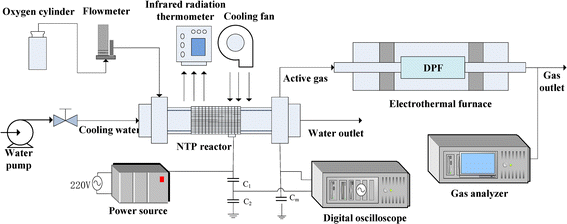A forced regeneration, often referred to simply as a "forced regen," is a procedure carried out on diesel vehicles equipped with a diesel particulate filter (DPF) when the normal regeneration process is unable to adequately clean the filter. The DPF is a critical component designed to capture and trap soot particles produced during the combustion process in diesel engines, thereby reducing harmful emissions.
During normal operation, the DPF undergoes regeneration to burn off the accumulated soot and regenerate its filtering capacity. This regeneration process can occur passively, where the high temperatures generated during normal driving conditions initiate the combustion of soot, or actively, where the engine control unit (ECU) adjusts engine parameters to elevate exhaust temperatures and facilitate regeneration.
However, there are situations where the DPF becomes excessively clogged with soot, hindering the effectiveness of passive or active regeneration. This can happen due to factors such as:
-
Low-Load Driving: Diesel vehicles used predominantly for short trips or low-speed driving may not generate sufficient exhaust temperatures to initiate effective regeneration.
-
Faulty Components: Malfunctions in engine sensors, exhaust gas recirculation (EGR) systems, or fuel injectors can disrupt the regeneration process, leading to incomplete cleaning of the DPF.
-
Abnormal Operating Conditions: Extended periods of idling, frequent stop-and-go driving, or towing heavy loads can accelerate soot accumulation in the DPF, necessitating more frequent regeneration cycles.
In such cases, a forced regeneration becomes necessary to manually initiate regeneration and restore the DPF's filtering efficiency. During a forced regen, the vehicle's ECU commands the engine to run at specific parameters that elevate exhaust temperatures to a level conducive to combustion of the trapped soot particles. This process typically requires specialized diagnostic equipment or software capable of communicating with the vehicle's onboard computer systems to initiate the regeneration procedure.
Forced regens are often performed by trained technicians at automotive repair facilities or dealerships, also our advanced diagnostic tools will allow vehicle owners or mechanics to carry out the procedure themselves under certain conditions. It's important to note that a forced regen should only be performed when necessary, as excessive or improper regeneration can potentially damage the DPF or other engine components.
Overall, a forced regeneration serves as a troubleshooting and maintenance tool to ensure the proper functioning of the DPF system and compliance with emissions regulations, ultimately prolonging the lifespan of diesel engines and reducing their environmental impact.


